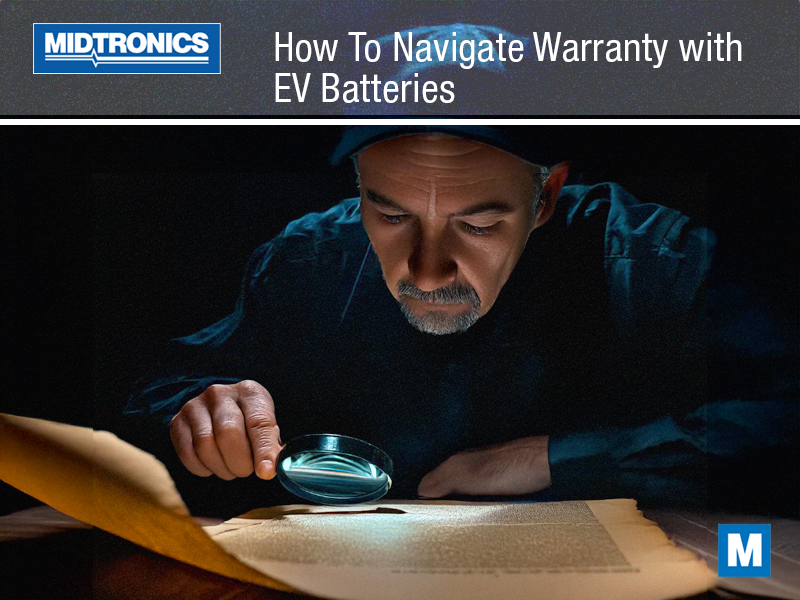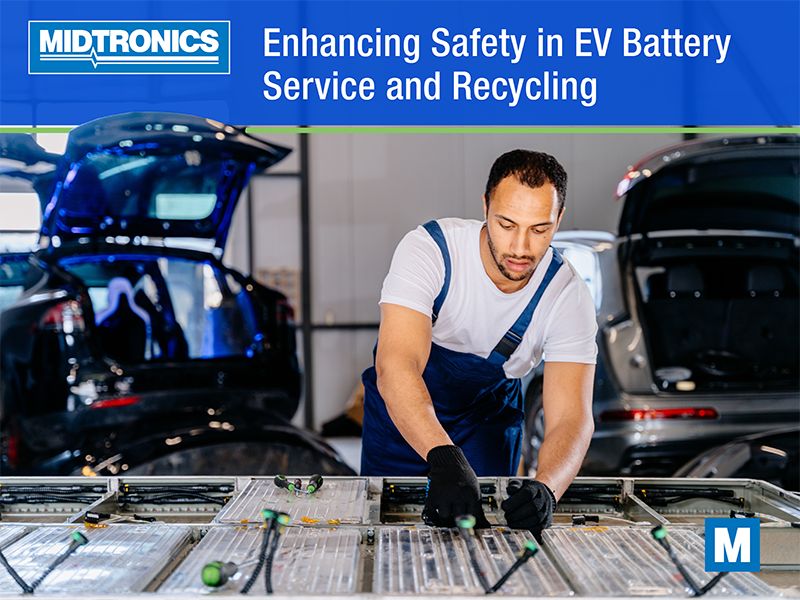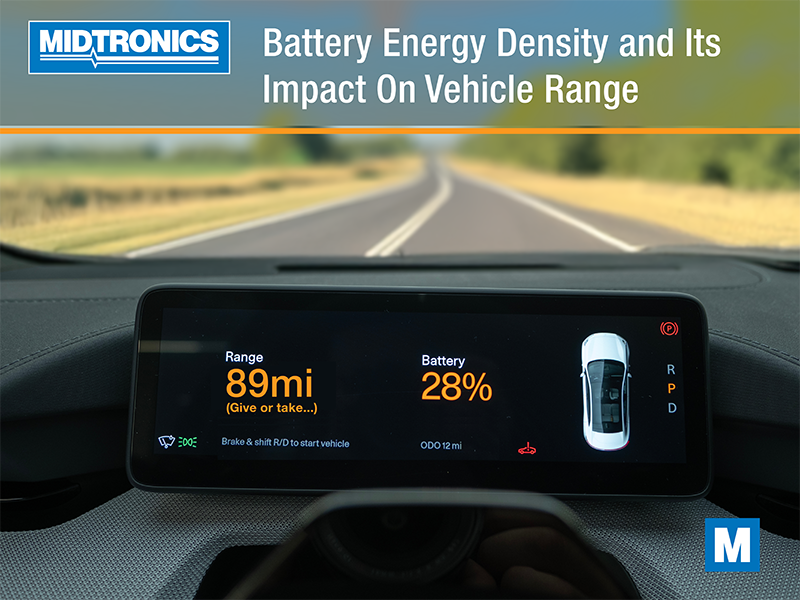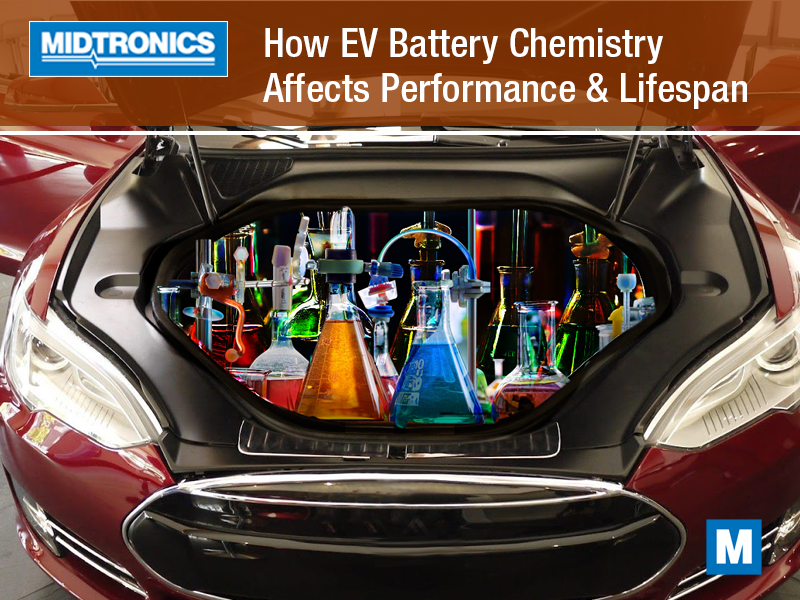As electric vehicles become increasingly common, so do questions about maintaining the component the whole drivetrain hinges on: the battery. For automotive professionals, whether at dealerships, independent repair shops, and vehicle manufacturers, understanding how to deal with EV battery warranties is crucial.
These warranties are not just customer assurances – they also guide service processes and protect businesses from liability and unexpected chargebacks. Let’s break down how to navigate EV battery warranties, avoid common pitfalls, and ensure positive service experiences for both staff and customers.
The Basis of EV Battery Warranties
EV battery warranties typically cover manufacturing defects and significant capacity loss beyond a specified threshold, ensuring the battery’s performance stays within acceptable limits. Most warranties do not cover normal wear and tear or issues resulting from misuse, such as charging the battery improperly or using modifications that aren’t approved by the manufacturer. For your staff, it’s essential to clarify these boundaries to customers early on.
Though manufacturers may call it an “anti-degradation warranty,” “capacity guarantee,” or something else, the core intent is the same: to protect consumers from early battery failure or excessive capacity loss.
Typical Warranty Periods and Limitations
The standard EV battery warranty lasts 8 years or 100,000 miles, though this can vary by manufacturer. For example, some brands might extend coverage up to 10 years or offer an unlimited mileage warranty in specific markets.
However, warranties come with fine print. Issues like physical damage, exposure to extreme conditions, or neglecting required maintenance can void coverage. This is why educating customers about proper care such as following the vehicle’s recommended charging cycles is critical.
Capacity vs. Functionality
EV batteries don’t just fail outright – they lose capacity over time. Most warranties specify a threshold, typically around 70% of the original capacity, below which the warranty applies. While the battery may still be powerful enough to operate the vehicle, a 30% capacity loss significantly impacts range and usability.
Navigating Warranty Claims
When a customer suspects an issue with their EV battery, the first step is a thorough diagnosis. Using advanced diagnostic tools that are approved by the manufacturer, which often include those from Midtronics, you can identify whether the problem stems from a manufacturing defect, capacity loss, or external factors like damage or misuse. Performing thorough, accurate diagnostics ensure the claim is legitimate and reduce unnecessary disputes with the manufacturer in getting a claim approved or paid.
Documentation is key. Keep detailed records of the battery’s condition, any diagnostic tests performed, and the vehicle’s maintenance history. These records form the foundation of a successful warranty claim.
Filing the Claim
Once the issue is confirmed, filing the warranty claim involves several steps:
- Gather documentation – Include diagnostic reports, service history, and any additional information the manufacturer requires. Anything missing can delay approval.
- Submit to the manufacturer – Follow the automaker’s specific process for initiating a claim. Some have online portals, while others rely on dealership representatives. It’s usually the same as the claims you’ve been processing until now.
- Track the claim – Staff need to stay in touch with the manufacturer and keep the customer informed about progress.
Handling Disputes
Not all claims are approved without issue. Common reasons for denial include incomplete documentation, claims outside the warranty scope, or incomplete diagnostic tests. If you need to resolve disputes:
- Your regional manufacturer representative is the best contact to escalate the claim, if necessary.
- Consider third-party arbitration in extreme cases. A denied claim is unlikely to be quickly dropped by a frustrated customer staring at thousands of dollars in repairs they didn’t expect.
- Ensure your paperwork and communications remain professional and thorough to avoid further complications.
Best Practices for Warranty Maintenance
Educating customers is as important as servicing their vehicles. Simple habits like avoiding frequent fast charging or parking the car in extreme temperatures can extend battery life and reduce the likelihood of warranty claims.
Perform regular battery health checks during routine maintenance visits. Highlight any potential issues early to prevent more significant problems later. Tools like Midtronics GRX-5100 EV Battery Service Tool make these checks quick and accurate.
A well-documented service history can make or break a warranty claim. Automotive professionals should log every detail of a vehicle’s service, including battery diagnostics, software updates, and even customer-reported issues. Provide customers with copies to help with their confidence in transparency, and to potentially streamline any future claims.
Challenges in EV Battery Warranty Management
As battery technology advances, so do warranty terms. Anyone involved in the diagnosis and repair must stay updated on these changes, including coverage adjustments, new diagnostic tools, and updated claim procedures. Establishing relationships with manufacturer representatives is a good way to stay informed.
Battery Diagnostics are Complex
Diagnosing battery issues can be tricky, especially when distinguishing between user-induced problems and actual defects. Training your team on the latest diagnostic methods and investing in advanced tools ensures your shop can handle these challenges.
Manufacturer-Specific Requirements
Each automaker has its own rules for warranty claims, from how to diagnose issues to filing procedures. Familiarizing your team with these nuances reduces the likelihood of rejected claims and improves customer satisfaction.
Using Diagnostic Tools to Simplify Warranty Management
Midtronics is a leader in battery diagnostics, offering tools specifically designed for EVs. These devices provide detailed insights into a battery’s state of health, capacity, and performance, helping professionals confidently diagnose issues.
One of the biggest advantages is the ability to generate real-time diagnostic reports. These reports can be shared with manufacturers during warranty claims, increasing transparency and speeding up resolution times.
Future Trends in EV Battery Warranties
With the rise of EVs, manufacturers may expand warranty coverage to remain competitive. This could include programs for battery recycling or “second life” applications, further boosting consumer confidence in EV adoption.
Government regulations are also shaping the future of EV battery warranties. For example, stricter laws may require clearer warranty terms and increase accountability for manufacturers. Staying ahead of these trends will position your shop as a trusted partner for EV owners.
Get It Right with the Right Equipment
For dealerships, independent repair shops, and manufacturers alike, staying informed about how to navigate warranty with EV batteries is essential in the rapidly evolving automotive landscape. It doesn’t have to be daunting. By understanding coverage terms, maintaining accurate diagnostics, and putting into practice tools like those we offer at Midtronics, you can streamline the process and provide exceptional service.




